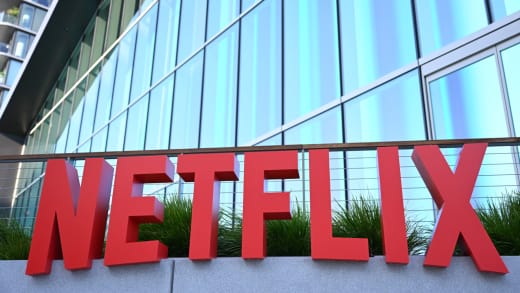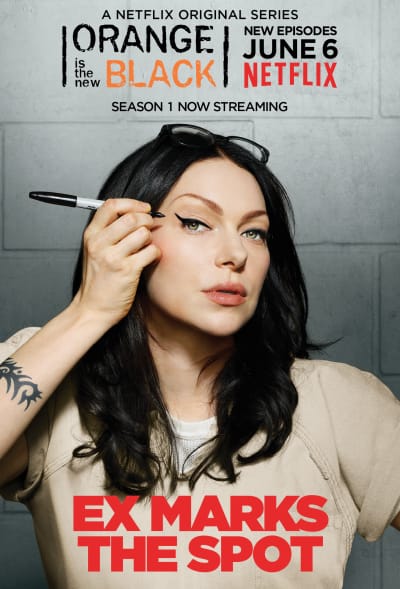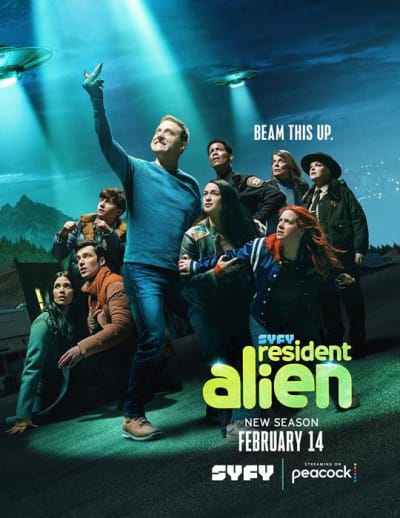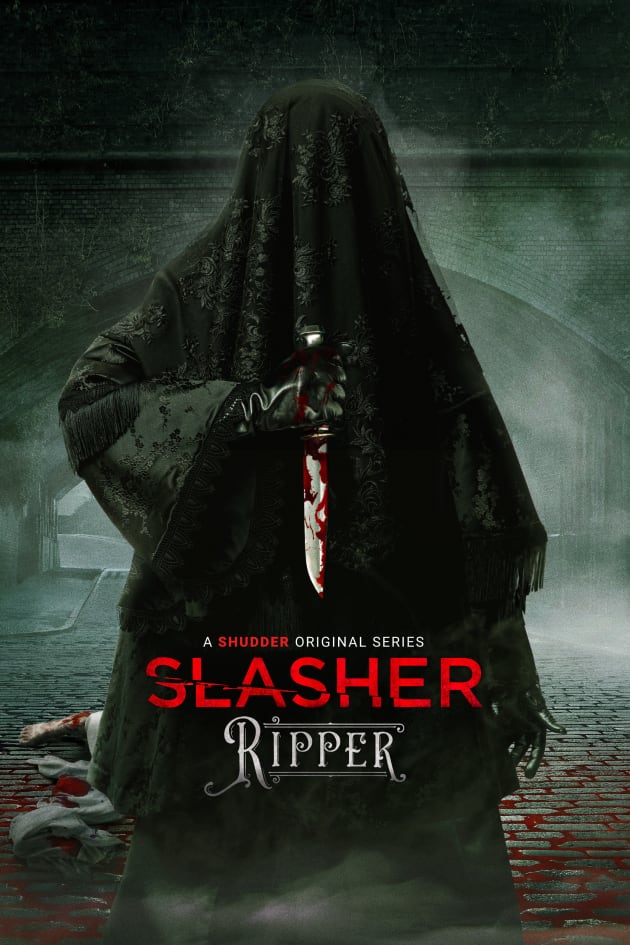TV Dramatically Changed Its Programming Tactics. Is It Better or Worse?
 Thomas Godwin
at
.
Updated at
.
Thomas Godwin
at
.
Updated at
.
I'm old enough to remember the days when there were only 15 channels, each represented by a gigantic, rectangular button on the front panel of a cathode ray television set.
Yup, the old rabbit ears were also present, hovering over the 175-lb box like a misshaped halo over a sedentary rhinoceros. Better resolution was achieved with a swift kick to the side of the TV.
The age of linear TV is going the way of those old CRTs, dying an ignominious death in front of a nonchalant audience, myself included.
Things have become much more complicated since then, with OTT delivery systems, streaming dominance, wonky broadcasting schedules, and short seasons dancing around the receding cries of original content.
Like the brick houses of yesteryear giving way to vinyl and clustered housing, the question presents itself thus: Are these changes what consumers really want?
The Evolution of Content
The oligopoly of streaming platforms necessitates new rules throughout the TV streaming landscape, with intense competition between the core platforms.
And, if we're being completely honest, consumers don't like 20+ episode shows anymore.
A cursory glance at Google results suggests that many people are curious about why seasons are so much shorter.
TV Ratings Winners of 2024 Season So Far
Unless we go looking, we're not privy to the ratings for each episode, which consistently fall off as seasons go on.
Tightly constructed narratives are all the rage now, and only a few shows feature higher ratings at the end than at the beginning.
As the saying goes, "The customer is always right." Streaming platforms cater to audience expectations, which means a shorter form of visual storytelling for now.
Of course, society is perpetually oscillating, and that may change at some point.
As a customer preference, this is a good thing, though there are always holdovers, pining for the days when a season would last nearly a third of the year.
Binge Versus Slow-Drip
For a while, many major streaming platforms were more than happy to drop an entire season at once.
Naturally, this led to a sort of island-hopping campaign amongst consumers.
Pick up Hulu for a month, binge Castle Rock, drop it, and pick up Netflix for the next good binge-watch. Rinse and repeat.
You have to admit, it's a financially savvy move. Consumers could have their cake and eat it, too.
The Age of the Renewed Limited Series: Is Network Exec's Fear of Commitment Bad for TV?
The business-to-consumer relationship is nothing if not a tug-of-war, however.
From the binge-watch approach came the portioned approach, dropping half the season this month and the second half much later.
Fortunately, consumers catch on quickly, avoiding subscribing altogether until the entire season is released.
Coupled with this back-and-forth dynamic is Gen Z's desire to consume content wholesale, all at once, back to the binge method.
With the recent writer strike and the pandemic before it, we are dealing with the resulting recipe -- a vast mixture of seemingly senseless release windows, shortened seasons, split seasons, binge seasons, and weekly episodes.
Are we having fun yet? Needless to say, things will eventually settle down.
It's difficult to imagine the current chaos lasting for years to come. Nature abhors a vacuum every bit as much as it does inconsistency.
The trend indicates the ultimate demise of the binge model, which will probably irritate a large number of consumers.
Overall, this is probably better for the consumer, though not in the ways most people think.
Believe it or not, it increases engagement, reduces viewer fatigue, and offers a more varied, spread-out selection of quality shows.
Cancel, Cancel, Cancel
The chaos of release timeframes, binge TV, and multi-part releases is only a part of the problem.
To say that TV programming has changed dramatically is to underemphasize the reality.
It's changed alright, but not in ways conducive to booming business.
As I previously illustrated, this isn't all on the shoulders of streaming platforms and networks. It's not as if linear TV could stop the streaming revolution.
5 Spinoffs That Never Made It To Air
It's also not the fault of linear or streaming TV that a pandemic rocked the world.

It's one thing to cancel underperforming programs and quite another to cancel popular, well-received shows.
According to even the most basic analyst, cost management, strategy, market saturation, performance, and shifts in focus are underlying reasons for a show's cancellation.
However, Peter Friedlander, Netflix's Scripted Series Chief, focuses on future estimates rather than current performance and budget statistics.
Whether or not that will work for Netflix remains to be seen.
In 2023, Max, Disney+, Paramount+, Hulu, and Netflix were the top 5 streaming platforms canceled by customers. Much of that is thanks to cancellations.
It's best to look at this as the chaos of so many recent changes, mostly from exterior forces. Though none of it is for the better, the dust will have to settle eventually.
Content is King
At the end of the day, nobody cares about Netflix's internal politics or struggles with "insert your series and platform here." Except for investors, of course.
Consumers want to consume products and will not do so if the products are bad.
Gen Z has shown that it's more than willing to switch to short-form content like TikTok and YouTube Shorts rather than pay a subscription.
This is why there is an influx of smaller advertisers on these short-form apps and Hollywood's sudden interest in advertising on them.
Shorter narratives, otherwise known as six- to eight-episode seasons, are improving in quality due to shifting consumer demand.
Is Apple TV+ the Most Innovative Streamer?
This is all happening despite the indecisiveness of many networks and streaming platforms.
Consumers are starting to see more big-budget content, especially on platforms like Apple TV+. The business strategy is quality over quantity, regardless of the audience's perception of Apple's content.
In 2024, streaming revenue is expected to exceed $43 billion, which only lends itself toward bigger budget programming with bigger names and fewer episodes.
"If you build it, they will come" has never been more conspicuous. Of course, that's never really changed.
Who wants a 1975 Trabant when they can have a 2024 Lambo?
The Death of Original Programming
If you haven't noticed all of the adaptations out there, you aren't paying attention.
Maybe Game of Thrones paved the way, or maybe it was Lord of the Rings. Regardless of the inception, adaptations, prequels, and sequels are dominating.
The Age of Nostalgia: Why Young Audiences Are Seeking Out Old TV
There's already a built-in fanbase and even a wave of resistance to the adaptation serves the purpose of advertising.
Speaking of advertising, sticking with an existing IP reduces the cost, whereas a brand-new, original show requires a massive and expensive marketing push.
Regarding peak IP versus peak TV, IP is winning the war simply by surviving the longest.
Spinoffs, remakes, reboots, and adaptations are nothing new, but they were once relegated to the bottom corner file cabinet.
Despite the seemingly vociferous opposition to them, streaming platforms and Hollywood consistently find a willing audience for them.
So, whether or not this is better for the consumer is a matter of personal preference.
Beauty is in the eye of the beholder, but if there is one thing the entertainment industry is good at, it's overdoing it.
"Phases" is the immediate word that comes to mind. While the day of the IP is rising, it probably won't last forever.
The Future of TV Programming Tactics
There's little doubt that linear TV will be all but dead in another half a decade, outside of rural areas where window-mounted, sticky HD antennas are still a thing.
Ham radio is fun, too, for what it's worth.
Streaming is the present and the future. Outside of an EMP, there's very little reason to believe otherwise.
Currently, streaming is about choice, and it's cheaper than the alternative, even if you jump on one of those internet, TV, and phone packages.
Shorter episodic content, weekly releases, bigger budgets, existing IPs, and more advertisements are in our immediate future, for better or for worse. Like anything else, we'll have to take the good with the bad.
You didn't really think you would escape the day of the endless array of nail-on-a-chalk-board commercials, did you?
Hit the comments section to share your thoughts on the latest trends in TV programming.
Thomas Godwin is a staff writer for TV Fanatic. You can follow him on X

















